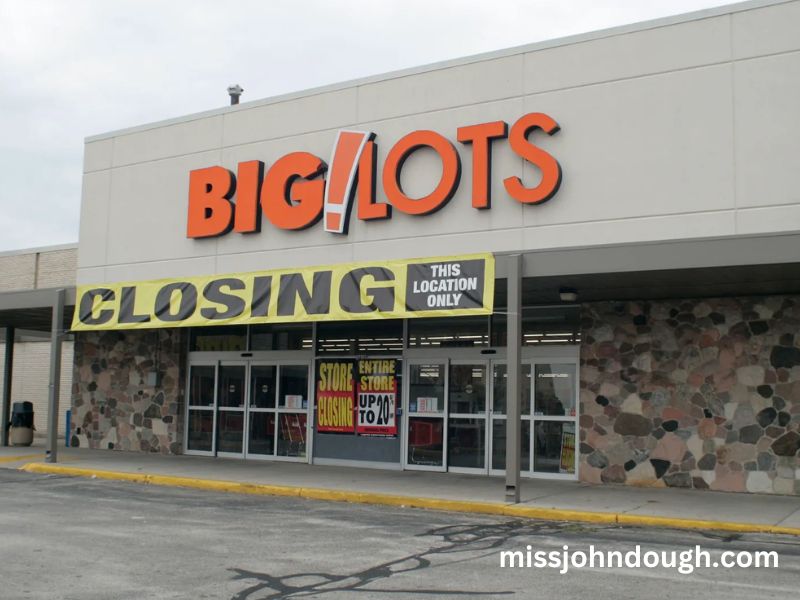Big Lots Going out of Business, a prominent discount retailer in the United States, has recently faced significant challenges that have raised concerns about its future. In September 2024, the company filed for Chapter 11 bankruptcy protection, signaling potential major changes ahead. This article delves into the circumstances leading to this filing, the subsequent store closures, and the broader implications for the retail industry.
Understanding Big Lots Going out of Business
Founded in 1967 as Consolidated Stores, Big Lots has grown to operate over 1,000 locations across the United States. The company specializes in offering closeout and overstock merchandise, including furniture, home decor, and consumables. Despite its extensive presence, Big Lots has encountered financial difficulties in recent years.
In the first quarter of 2024, Big Lots reported a 10.2% decline in net sales compared to the same period in the previous year. This downturn was attributed to factors such as rising interest rates and inflation, which adversely affected consumer spending, particularly in non-essential categories like home decor. The company acknowledged that these economic pressures had significantly impacted its financial performance.
Chapter 11 Bankruptcy Filing and Store Closures
Facing mounting financial pressures, Big Lots filed for Chapter 11 bankruptcy protection in September 2024. This legal process allows companies to reorganize their debts and operations under court supervision. As part of this restructuring, Big Lots announced plans to sell its remaining business assets to Nexus Capital Management, a private equity firm.
Concurrently, Big Lots revealed plans to close up to 315 of its 1,400 stores nationwide. This decision was part of a broader strategy to streamline operations and focus on more profitable locations. The closures affected stores across various states, including significant numbers in California, Texas, and Georgia. For instance, in October 2024, the company announced the closure of 56 additional stores in 27 states, bringing the total number of closures to over 300.
Implications for the Retail Industry
The challenges faced by Big Lots are indicative of broader trends within the retail sector. Many traditional brick-and-mortar retailers are grappling with the rise of e-commerce, changing consumer preferences, and economic factors such as inflation and interest rates. The closure of over 300 Big Lots stores underscores the difficulties in maintaining profitability in a highly competitive and evolving market.
Additionally, the acquisition of Big Lots locations by competitors like Ollie’s Bargain Outlet highlights the dynamic nature of the discount retail segment. Ollie’s has capitalized on Big Lots’ challenges by acquiring several of its store leases, thereby expanding its own footprint and customer base.
Consumer Impact and Future Outlook
For consumers, the closure of Big Lots stores may result in reduced access to discounted merchandise in certain regions. Shoppers who have relied on Big Lots for affordable home goods and furniture will need to seek alternative retailers or online platforms to meet their needs.
Looking ahead, the future of Big Lots remains uncertain. The company’s ability to successfully navigate its bankruptcy proceedings and emerge as a more streamlined and profitable entity will depend on effective restructuring strategies, adaptation to market trends, and a renewed focus on consumer preferences. The retail landscape is continually evolving, and Big Lots’ response to these challenges will be crucial in determining its long-term viability.
Conclusion
Big Lots’ recent financial difficulties, culminating in a Chapter 11 bankruptcy filing and the closure of numerous stores, reflect significant challenges within the retail industry. While the company is actively working to restructure and adapt to changing market conditions, its future success will hinge on strategic decisions and its ability to meet consumer expectations in an increasingly competitive environment.


